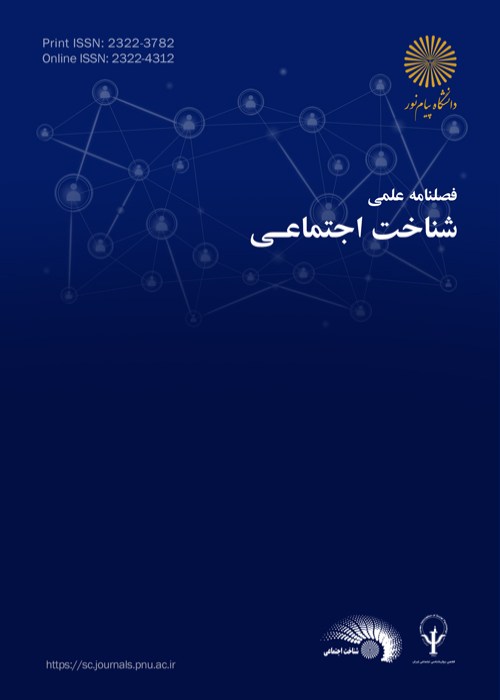Developing a Structural Model of Symptoms of Generalized Anxiety Disorder based on Intolerance of Uncertainty with the Mediating of Negative Orientation to the Problem, Repetitive Negative Thinking, Anxiety Sensitivity, and Cognitive Flexibility
This research was conducted to develop a structural model of generalized anxiety disorder symptoms based on intolerance of uncertainty with the mediating of negative orientation to the problem, repetitive negative thinking, anxiety sensitivity, and cognitive flexibility.
In this study, 208 students were selected from among all the students of the Shahid Chamran University of Ahvaz as a sample by random cluster sampling method, to collect data from the short scale of generalized anxiety disorder, scale of intolerance of uncertainty, questionnaire for Negative attitude toward the problem, repetitive thoughts questionnaire, anxiety sensitivity questionnaire, and cognitive flexibility questionnaire were used.The method of the current research was a correlation of the structural equation modeling. Data analysis and model evaluation was done by AMOS and SPSS software.
The results indicated the confirmation of the general model of the relationship between the symptoms of generalized anxiety disorder and intolerance of uncertainty with the mediation of negative orientation to the problem, repetitive negative thinking, anxiety sensitivity, and cognitive flexibility. Also, the findings of the research, while confirming the direct effect of intolerance of uncertainty on the symptoms of generalized anxiety disorder, negative orientation to the problem, repetitive negative thinking, and anxiety sensitivity, showed that intolerance of uncertainty through the mediation of negative orientation to the problem, repetitive negative thinking, Cognitive flexibility is indirectly related to symptoms of generalized anxiety disorder.
The results of this research indicated that these relationships can predict the symptoms of generalized anxiety disorder in the form of a model. Therefore, using interventions to improve these characteristics can be effective in reducing the symptoms of generalized anxiety disorder.
- حق عضویت دریافتی صرف حمایت از نشریات عضو و نگهداری، تکمیل و توسعه مگیران میشود.
- پرداخت حق اشتراک و دانلود مقالات اجازه بازنشر آن در سایر رسانههای چاپی و دیجیتال را به کاربر نمیدهد.



